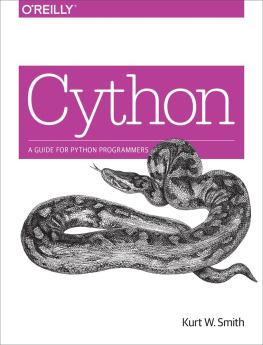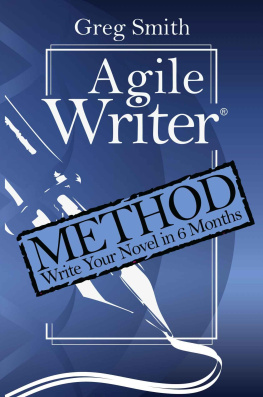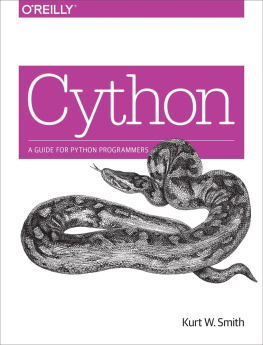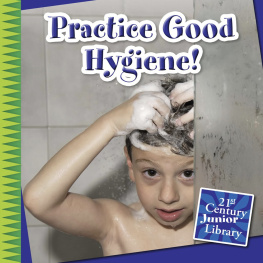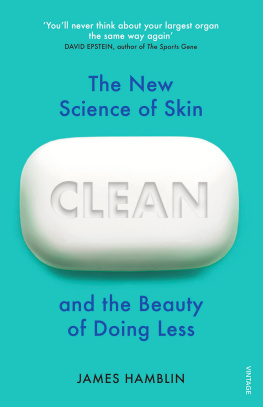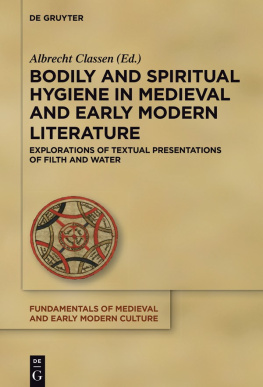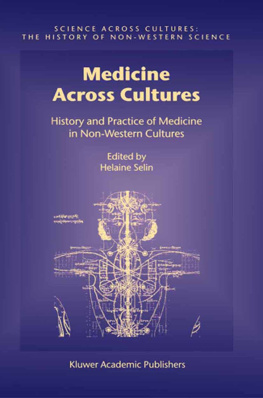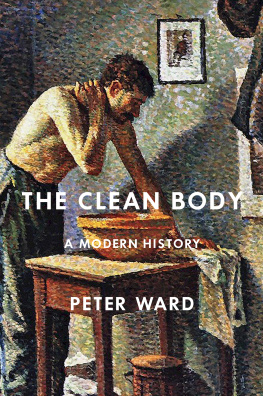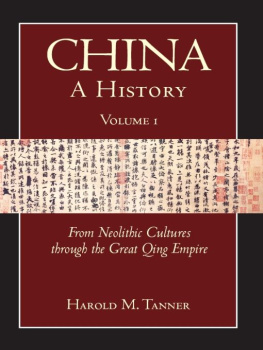Smith - Clean
Here you can read online Smith - Clean full text of the book (entire story) in english for free. Download pdf and epub, get meaning, cover and reviews about this ebook. year: 2007, publisher: Oxford University Press, genre: Religion. Description of the work, (preface) as well as reviews are available. Best literature library LitArk.com created for fans of good reading and offers a wide selection of genres:
Romance novel
Science fiction
Adventure
Detective
Science
History
Home and family
Prose
Art
Politics
Computer
Non-fiction
Religion
Business
Children
Humor
Choose a favorite category and find really read worthwhile books. Enjoy immersion in the world of imagination, feel the emotions of the characters or learn something new for yourself, make an fascinating discovery.

Clean: summary, description and annotation
We offer to read an annotation, description, summary or preface (depends on what the author of the book "Clean" wrote himself). If you haven't found the necessary information about the book — write in the comments, we will try to find it.
Smith: author's other books
Who wrote Clean? Find out the surname, the name of the author of the book and a list of all author's works by series.
Clean — read online for free the complete book (whole text) full work
Below is the text of the book, divided by pages. System saving the place of the last page read, allows you to conveniently read the book "Clean" online for free, without having to search again every time where you left off. Put a bookmark, and you can go to the page where you finished reading at any time.
Font size:
Interval:
Bookmark:
clean
a history of personal hygiene and purity
virginia smith


Great Clarendon Street, Oxford OX 2 6 DP
Oxford University Press is a department of the University of Oxford. It furthers the Universitys objective of excellence in research, scholarship, and education by publishing worldwide in
Oxford New York
Auckland Cape Town Dar es Salaam Hong Kong Karachi Kuala Lumpur Madrid Melbourne Mexico City Nairobi New Delhi Shanghai Taipei Toronto
With offices in
Argentina Austria Brazil Chile Czech Republic France Greece Guatemala Hungary Italy Japan Poland Portugal Singapore South Korea Switzerland Thailand Turkey Ukraine Vietnam
Oxford is a registered trade mark of Oxford University Press in the UK and in certain other countries
Published in the United States
by Oxford University Press Inc., New York
Virginia Smith 2007
The moral rights of the author have been asserted
Database right Oxford University Press (maker)
First published 2007
All rights reserved. No part of this publication may be reproduced, stored in a retrieval system, or transmitted, in any form or by any means, without the prior permission in writing of Oxford University Press, or as expressly permitted by law, or under terms agreed with the appropriate reprographics rights organization. Enquiries concerning reproduction outside the scope of the above should be sent to the Rights Department, Oxford University Press, at the address above
You must not circulate this book in any other binding or cover and you must impose the same condition on any acquirer
British Library Cataloguing in Publication Data
Data available
Library of Congress Cataloging in Publication Data
Data available
Typeset by SPI Publisher Services, Pondicherry, India
Printed in Great Britain
on acid-free paper by
Clays Ltd, St. Ives Plc.
ISBN 9780199297795
1 3 5 7 9 10 8 6 4 2
This book is dedicated to
Roy Porter
(19462002)
I would here like to acknowledge and sincerely thank all those people who have listened, given advice, answered endless strange questions, responded to letters and telephone calls, lent books, read chapters and papers, put up with harangues or monologues and shown kind interest generally, with patience and curiosity, over the years. They know who they are. They certainly include all my supportive friends, and my family. In particular, I would like to thank my supervisors Brian Abel-Smith (in memoriam) and Charlotte Erikson, both at the London School of Economics, where the project began; and above all, to Roy Porter (in memoriam) at the Wellcome Institute for the History of Medicine, who gave such support and encouragement throughout my Ph.D. and well beyond, and was so close to actually seeing it all in print. Especially grateful thanks go to Peter Burke, Roger Cooter, Logie Barrow, Margaret Pelling, Peregrine Horden, Andrew Darnell, Susan James, Hannah Charlton, Jane Hutchings, Will Sulkin and Jrg Hensgen for commenting on manuscript drafts; and to Barry Lewis for the photograph. Very great thanks go to Virginia Berridge and all at the Centre for History in Public Health, London School of Hygiene and Tropical Medicine, for their support and comradeship; also to the Wellcome Trust for giving me early financial assistance to browse and work my way through their librarys extensive popular health collection, and later towards costs for completing the project. Finally, I cannot thank Luciana OFlaherty and Matthew Cotton at Oxford University Press enough, for helping to turn it all into a book. The award for sheer patience, however, goes to my dear husband, John Cumming, who has very rarely complained; and to our darling daughter Kate, who has had to suffer two obsessed parents under one roof.
. Primates grooming
. The Terme di Saturnia in Tuscany
. Nefertari at a feast
. The Minoan fresco Ladies in Blue
. Greek vase scene of a woman showering
. Head of Hygieia
. The temple baths at Gortys in Arcadia, ancient Greece
. Naiad reclining (late fourth century)
. Le Bain tapestry (early 1500s)
. Bedbugs and head lice from the medieval encyclopedia Hortatus Sanitatis
. The Womens Bathhouse (c.1496), by Albrecht Drer
. Diane de Poitiers, by Franois Clouet
. Sanctorius in his Balance (1614)
. The Ladies Cricket Club, 1785
. In the boudoir (early nineteenth century)
. The Conditional Law (c.1840)
. Woman in a Tub (c.1883), by Edgar Dgas
. Life at the Seaside, Ramsgate Sands (1854), by William Frith
. Rene (1938), by Jacques-Henri Lartigue
. Tinside Lido, Plymouth
. In the Fresh Alpine Air (1930), by C. A. Berner
. Andrews Liver Salt (c.1955)
In our hall hangs a nineteenth-century framed handbill, hand-blocked in red and blue, printed by the Inmates at the Prevention and Reformatory Institute, 237 Euston Rd, London. It used to hang in the parlour of a farmhouse near Louth in Lincolnshire, close by the chair in which, according to family legend, John Wesley sat when he came to tea one memorable afternoon. It says:
RULES
To Be Observed By This Family.
Waste Not, Want not
Gather up the fragments that remain that nothing
be lostJohn vi.12.
Do everything at its Proper Time
To everything there is a Season, and a time to
every purposeEccls.iii
Put everything in its Proper Place.
Use everything for its Proper Purpose.
Rise early. Be industrious.
Let all things be done decently and in OrderCor. xiv.40
BE PUNCTUAL. BE REGULAR. BE CLEAN .
The chair still has a place of honour; but the Rules have been relegated by the next generation to a lowly space next to the coat rack. We no longer need to be told Be Cleanbeing clean is hardly worthy of comment. Even so, there are still some visitors who look at the Rules and say simply: I agree with that. That handbill speaks with distant voices that can still be heard, but are growing fainter.
There is a certain timelessness about cleansing and cleanliness that seems to intrigue all of usand even horrify us, when ancient purification mentalities crop up in modern politicsbut there is no real mystery about cleansing and cleanliness. Historically speaking, all of it comes from somewhere, and has a reason for being. This book starts from the premiss that everything about cleanliness is datable, and traceable, and tackles its well-hidden history head-on, across all fronts. Cleansing was such a universal subject, and so obviously consisted of any number of different histories, all of them probably interrelated in various ways which we knew very little about, that it would have been unwise to leave out any scrap of evidence.
Seek and ye shall find: under every rock that was turned over were fresh sources, new angles, new events, and new people waiting to be disinterred. Hygiene was almost virgin soil, a historians dream. The work originally started in the nineteenth century, and many years later ended up in the Neolithic; I then slowly worked my way back again towards the twenty-first century. The trawl gradually started to turn into a coherent story. Inevitably, many of the details have had to be cut; and individual histories and close historical interpretation very much reduced, painfully, sometimes to a mere half-sentence. But half a loaf is better than none.
Next pageFont size:
Interval:
Bookmark:
Similar books «Clean»
Look at similar books to Clean. We have selected literature similar in name and meaning in the hope of providing readers with more options to find new, interesting, not yet read works.
Discussion, reviews of the book Clean and just readers' own opinions. Leave your comments, write what you think about the work, its meaning or the main characters. Specify what exactly you liked and what you didn't like, and why you think so.



